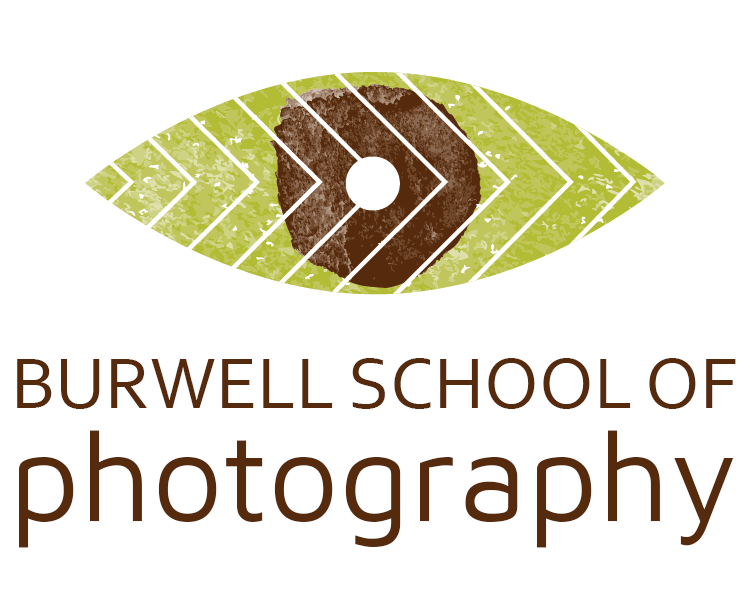Lightroom by Example
Download the Lightroom by Example required documents before continuing the Lessons.
- 1.0. Welcome and Introduction
- 1.0.a Welcome and Introduction
- 1.0.b Possible Configurations for Watching the Lightroom by Example Class
- 1.0.c Common Keyboard Shortcuts Used in Lightroom
- 1.0.d Tips and Troubleshooting
- 1.0.e Explanation of Lightroom’s Catalog System
- 1.0.f Downloading the Example Image Files Master Instructions
- 1.0.g Downloading the Example Image Files on Windows Internet Explorer
- 1.0.h Downloading the Example Image Flies on Windows Firefox
- 1.0.i Downloading the Example Image Files on Windows Chrome
- 1.0.j Downloading the Example Image Files on Windows Edge
- 1.0.k Downloading the Example Image Files on Macintosh Safari
- 1.0.l Downloading the Example Image Files on Macintosh Firefox
- 1.0.m Downloading the Example Image Files of Macintosh Chrome
- 1.1 Navigating Lightroom
- 1.2 Library Module
- 1.2.a Basic Tour
- 1.2.b Tour of Left Tab
- 1.2.c Tour of Right Tab
- 1.2.d Selecting Images
- 1.2.e Full Screen Image Viewing Modes
- 1.2.f Lights Out Mode
- 1.2.g Searching for Images
- 1.2.h Missing Images of Files
- 1.2.i Moving Images
- 1.2.j Renaming Images within Lightroom
- 1.2.l Configuring the Toolbar in the Library Module
- 1.2.k Thumbnail Options
- 1.3 Importing Images
- 1.3.a Importing Screen Basic Tour
- 1.3.b Import Screen eft Side Options Tour
- 1.3.c Top Middle of Screen Tour
- 1.3.d Top Right of Screen Tour
- 1.3.e Center Viewing Options Tour
- 1.3.f File Handling Options Tour
- 1.3.g Renaming Files on Import and Creating a Custom Renaming Template
- 1.3.h Apply During Import Options
- 1.3.i Destination Options
- 1.3.j Saving All Import Presets
- 1.4 Import Workflow
- 1.4.a Importing Images from a Camera or Memory Card Reader
- 1.4.b Importing Existing Images from Your Hard Drive(s)
- 1.4.c Keeping Images and Marketing Images as Rejects
- 1.4.d Comparing Two Images
- 1.4.e Comparing More than Two Images
- 1.4.f Double Checking and Deleting Rejected Images
- 1.4.g Rating Images
- 1.4.h Flagging Images
- 1.4.i Keywording Single Images
- 1.4.j Keywording Multiple Images
- 1.4.k Creating Keyword Lists
- 1.4.l Using Keyword Lists to Assign Keywords to Image(s)
- 1.4.m Using Keyword Lists to Search Images
- 1.4.n Face Tagging
- 1.4.o Creating Simple Collections
- 1.4.p Creating Smart Collections
- 1.4.q Creating Collections Sets
- 1.4.r Creating Quick Collections
- 1.4.s Collection Limits
- 2.0 Develop Module
- 2.1 Cropping and Straightening
- 2.2 Virtual Copies
- 2.3 Lens Profile Corrections
- 2.4 Viewing and Saving Your Work
- 2.5 White Balance
- 2.6 Basic Sliders
- 2.7 White and Black Points
- 2.8 Tone Curves
- 2.9 Dehaze
- 2.10 Hue, Saturation and Luminance (HSL)
- 2.11 Digital Noise
- 2.12 Sharpening
- 2.13 Develop Presets
- 2.14 Putting It All Together
- 3.0 Adjustment Brush
- 3.1 Selective Color
- 3.2 Radial Filter
- 3.3 Graduated Filter
- 3.4 Spot Removal Tool
- 3.5 Red Eye Correction
- 4.0 Black and White Conversions
- 4.1 Panorama Conversions
- 4.2 High Dynamic Range (HDR) Conversions
- 4.3 Video Files
- 4.4 Portrait Retouching
- 4.4.a The 5 Steps to Portrait Retouching
- 4.4.b Portrait Retouching – Blemish Removal
- 4.4.c Portrait Retouching – Wrinkle and Line Reduction
- 4.4.d Portrait – Eye Enhancement and Teeth Whitening
- 4.4.e Portrait Retouching – Skin Softening
- 4.4.f Portrait Retouching – Slimming (Thinning) and Completion
- 4.4.g Portrait Retouching – Putting It All Together
- 4.4.h Full Portrait Retouching Practice – 1
- 4.4.h Full Portrait Retouching Practice – 2
- 4.4.h Full Portrait Retouching Practice – 3
- 4.4.h Full Portrait Retouching Practice – 4
- 4.4.h Full Portrait Retouching Practice -Assignments
- 4.5 Exporting
- 5.0 Map, Book, Slideshow, Print and Web Modules
- 5.1 Map Module
- 5.2 Book Module
- 5.3 Slideshow Module
- 5.4 Print Module
- 6.0 Conclusion
